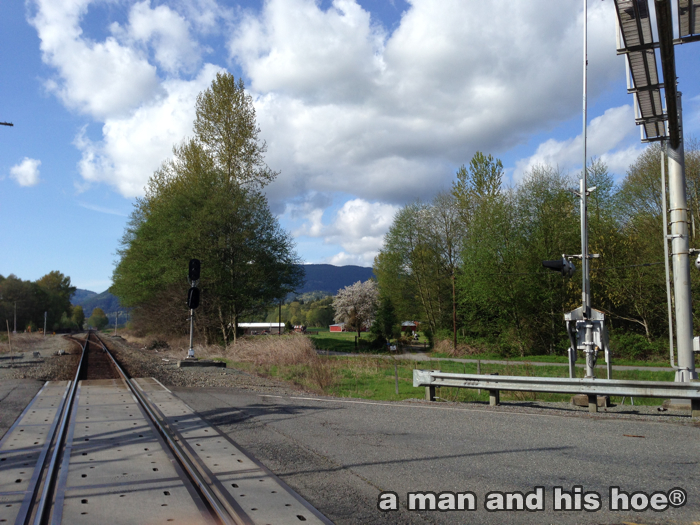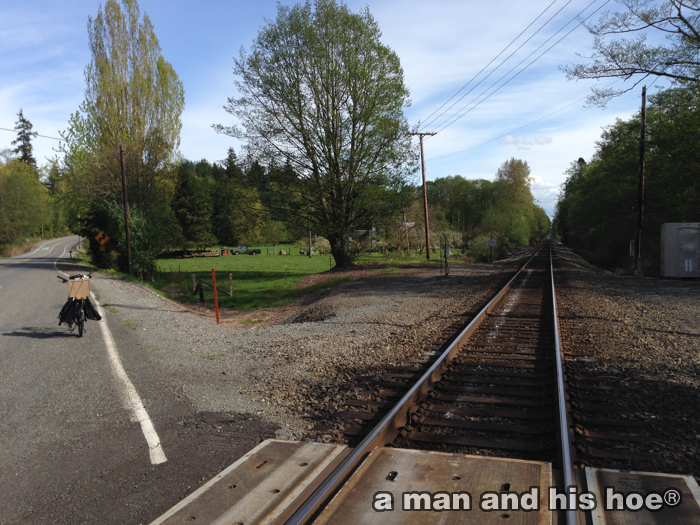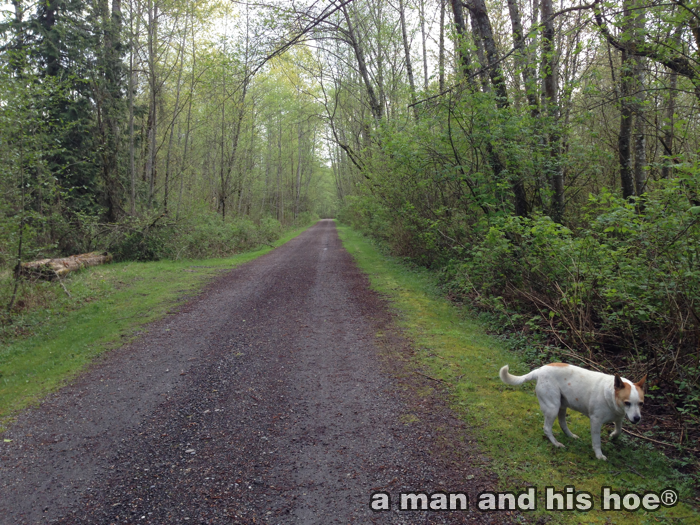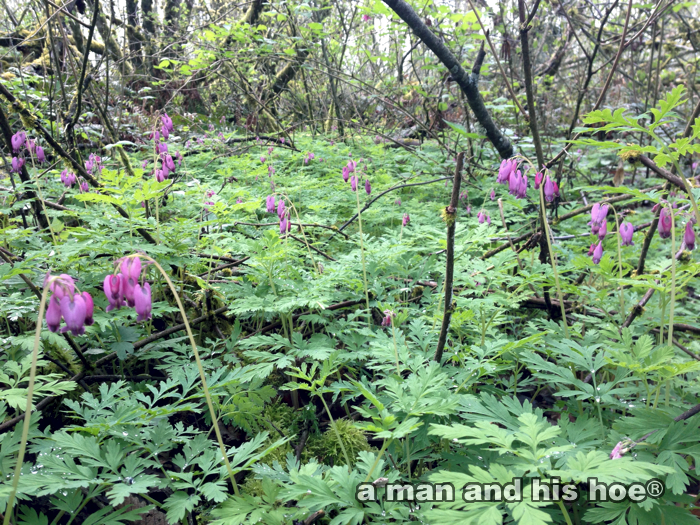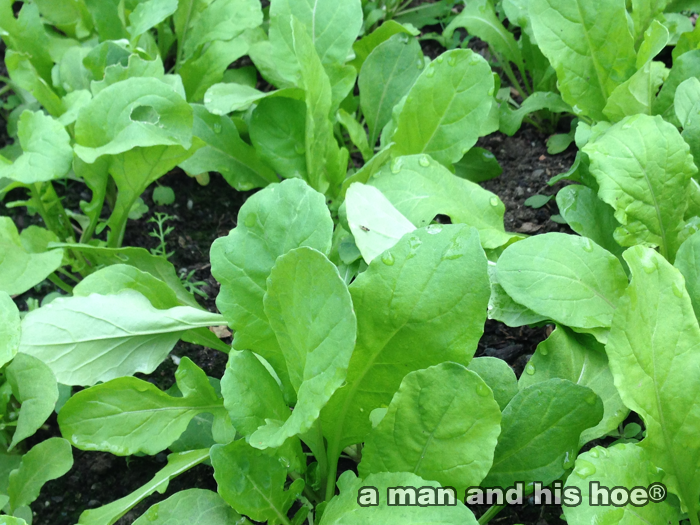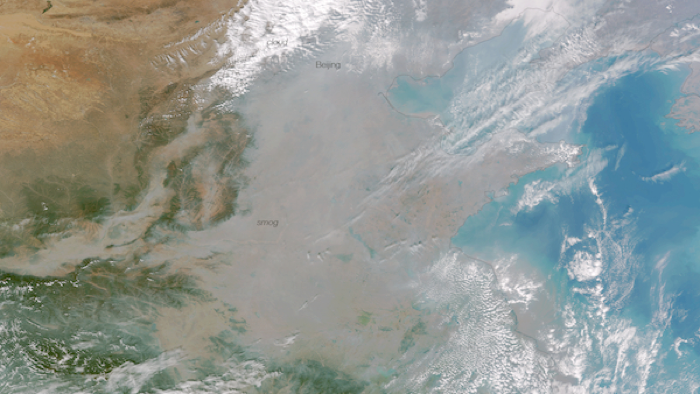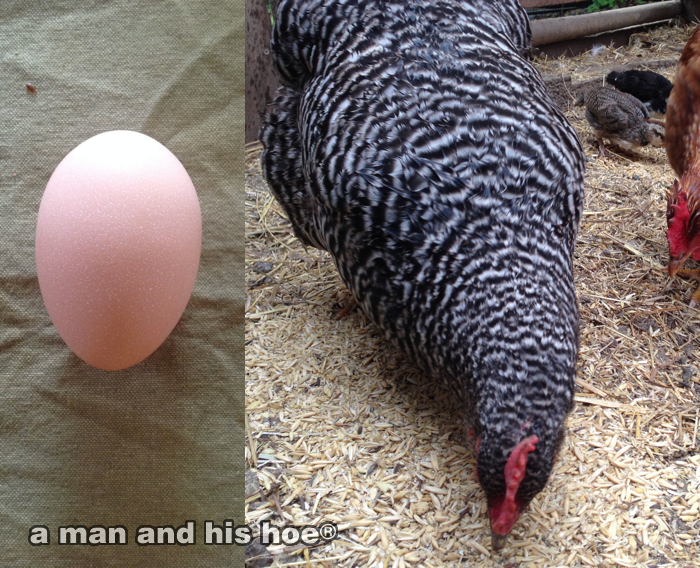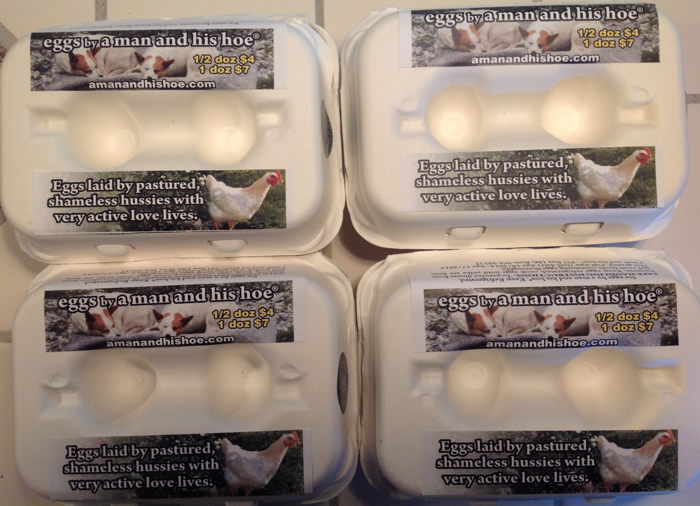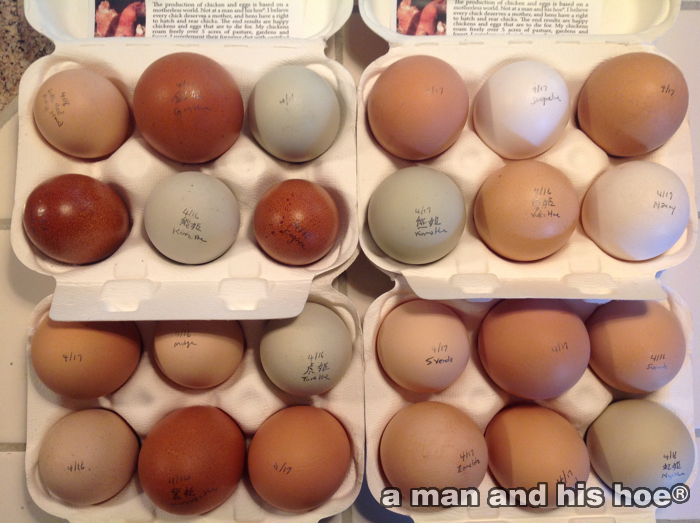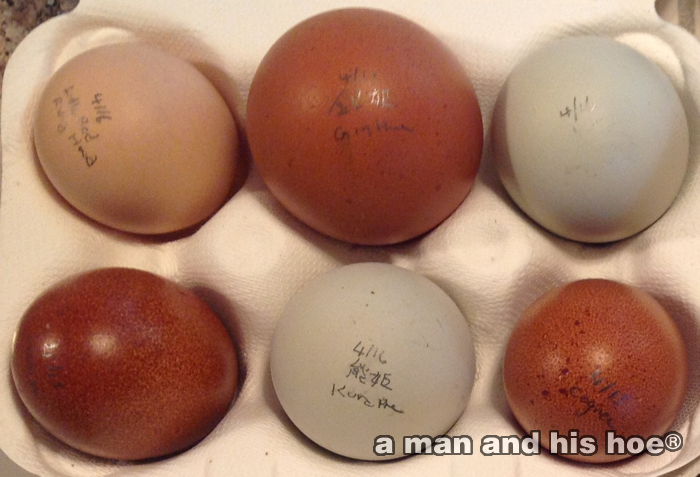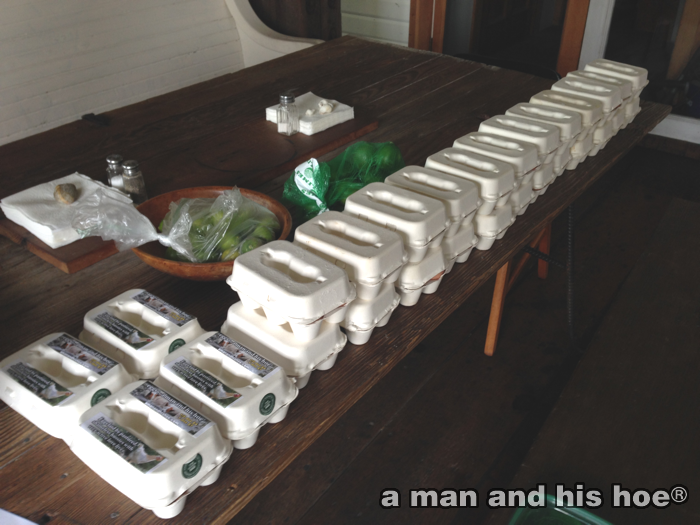Rhubarb Sauce is an indispensable condiment around here from April through summer. It’s tart flavor goes with most any dish, even something as simple as toast. For heartier fare like lentils, beans, or a roast, it is superb. Or mix it with some yoghurt to make a salad dressing And it is the easiest thing to make.
- Step 1 – pick some rhubarb
- Step 2 – chop it up
- Step 3 – put the chopped rhubarb and some sugar and a bit of sake or white wine in a pot
- Step 4 – cook it on a low to medium heat until the rhubarb has melted away – you may stir it once or twice
- Step 5 – take it off the heat and pour into a glass container
That’s it. You can even start using it while it’s still warm.
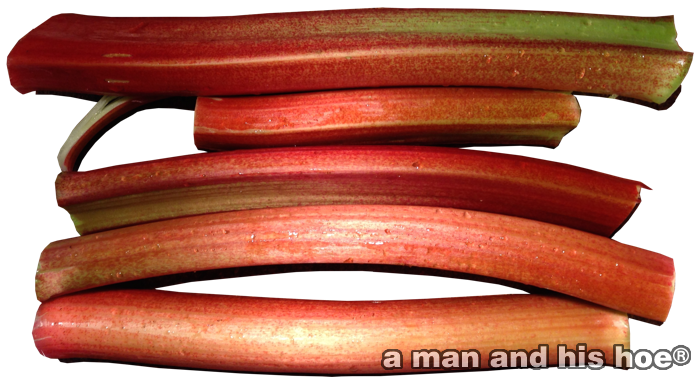
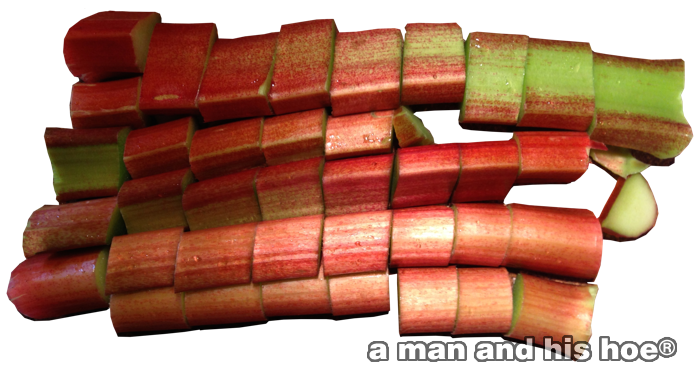
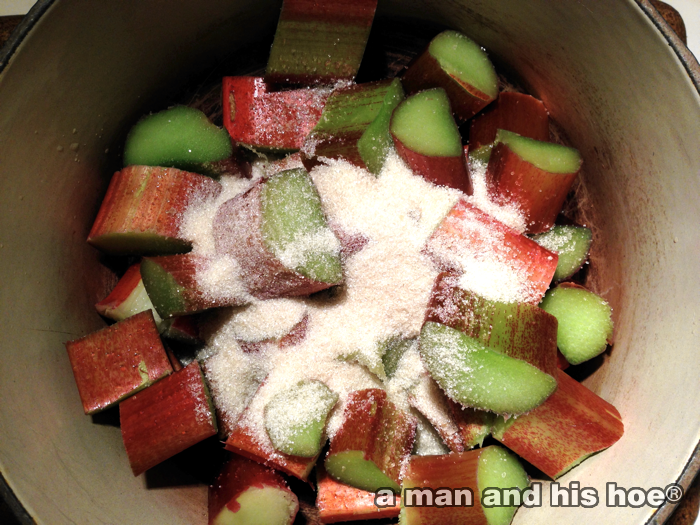
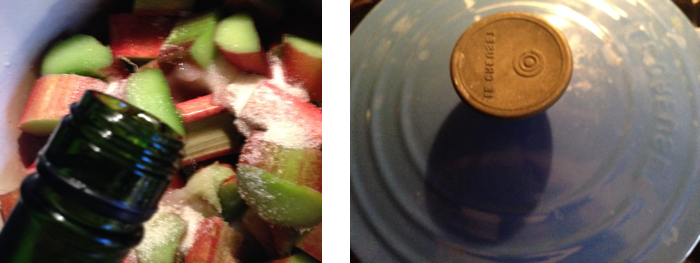
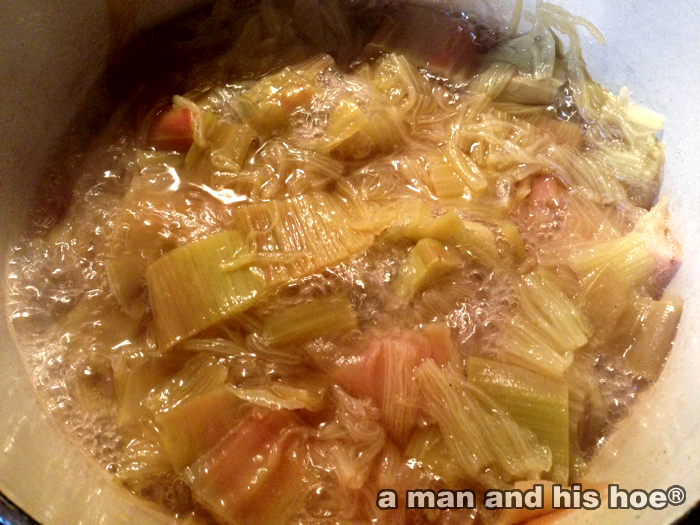
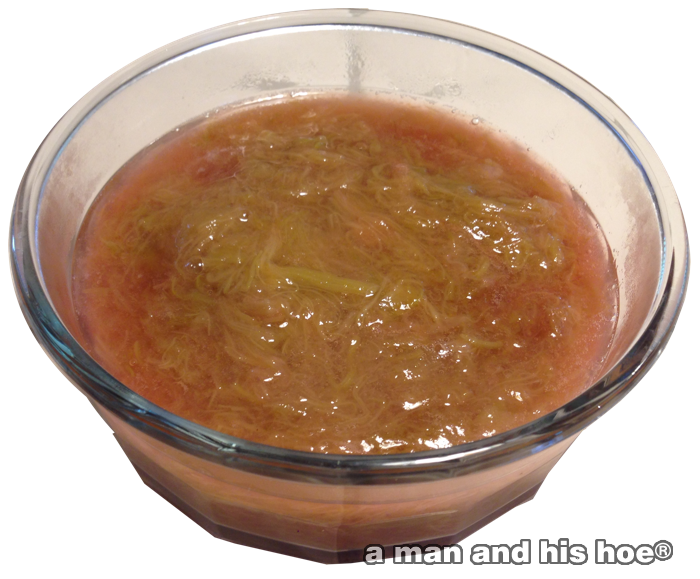
For variety you can add spices like allspice, cloves or cinnamon, or what ever comes to mind; play with the amount of sugar, or try making it without any sugar at all. If you want it velvety smooth, blend it with a hand mixer or in a blender. It will keep in the refrigerator for several weeks, but just make enough for a few days, and when you run out, head back out into the garden for more stalks. Making it in small batches will give you an excuse to run outdoors more often to pick fresh rhubarb.
